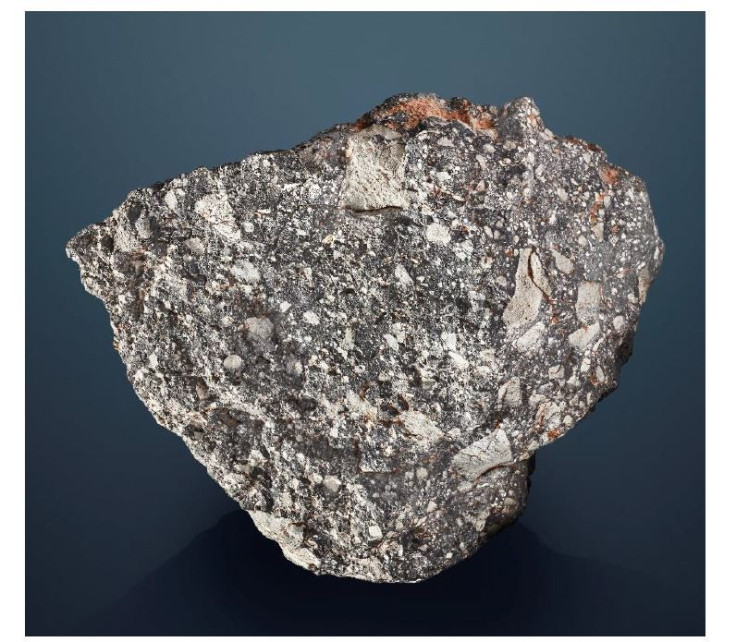Fifth Largest Piece Of Moon On Earth For Sale At $2.5M
KEY POINTS
- Christie's said it is selling a lunar rock bigger than the ones from the Apollo program
- According to Christie's, the rock is the fifth biggest piece of the Moon on Earth
- The rock is for sale, not up for auction, so it is available for immediate purchase
A piece of the Moon is being sold at Christie's auction house. According to Christie's, the lunar meteorite is bigger than the moon rocks that the Apollo astronauts brought back to Earth.
On Thursday, Christie's announced it will be selling, not auctioning off, a "significant" lunar rock. According to the press release, the said lunar rock (NWA 12691) is the fifth biggest piece of the Moon on Earth and it is bigger than any moon rocks returned to Earth by the Apollo program.
"I've been lucky enough to handle a few lunar meteorites at Christie's over the years, but every time I see this specimen in the warehouse the sheer size of it bowls me over," Christie's Head of Science and Natural History, James Hyslop, said. "Weighing over 13.5kg, it is so much larger than anything else that has ever been offered before. The experience of holding a piece of another world in your hands is something you never forget."
According to Christie's, NWA 12691 was part of a large meteor shower and was found in the Sahara Desert two years ago.
Since NWA 12691 is for sale and not for auction, it is available for immediate purchase. It is valued at £2 million ($2.5 million).

Lunar Meteorites
Moon rocks arrive on Earth as meteorites when impact events on the surface of the Moon cause lunar materials to be ejected into space and fall to Earth.
"These are essentially free planetary samples, because nature has delivered them to Earth, without the cost of a spacecraft mission," the Lunar and Planetary Institute noted.
According to the institute, these rocks are "invaluable" because they represent samples from different parts of the moon, including the less explored far side. By comparison, the moon rock samples that were returned to Earth from the Apollo missions were limited because the astronauts were only able to retrieve samples from the near side equatorial region of the Moon. This means the samples they brought back only represents about four to five percent of the lunar surface.
With lunar meteorites, however, the samples may have been ejected from various parts of the lunar surface and could therefore provide valuable information on the understanding of the Moon.
© Copyright IBTimes 2024. All rights reserved.






















